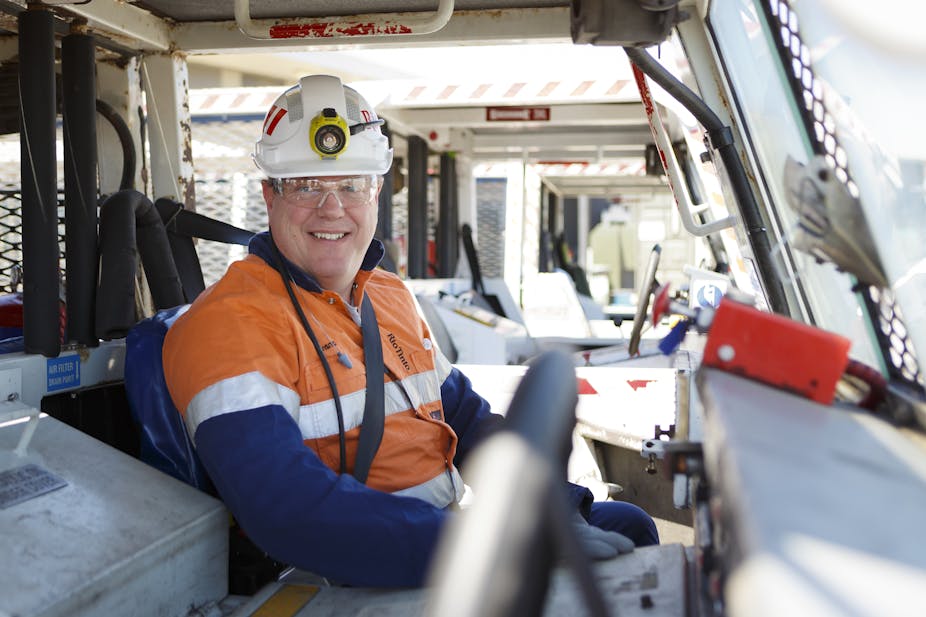Declining commodity prices and high production costs are hampering investment in the mining industry, with new figures revealing big decreases in planned projects.
The value of projects in the “publicly announced” phase has fallen by between A$12 billion and A$19 billion since April, according to the Bureau of Resources and Energy Economics October update. The number of projects at the “feasibility study” phase fell by 12 to 162, down A$24 billion.
The only bright spot in the report was an increase in the number of projects completed. Wayne Calder, the deputy executive director of the Bureau, said this trend meant Australia was “seeing a transition from the investment phase of the resources boom to the production phase”.

Five projects worth A$1.7 billion received approval for construction between May and October this year, the lowest number in over a decade. The value of projects under construction or preparing for construction fell to A$240 billion, down A$23 billion from April.
But the falls aren’t a big surprise, according to Vlado Vivoda, a research fellow at the Griffith Asia Institute, Griffith University. “A lot has already been committed and there is a lot of competition internationally particularly in [liquified natural gas],” he said.
“I think committing any more would be very risky particularly given the costs in Australia of exploring and producing resources, which are higher than in other countries.”
The overall decline in projects was spread unevenly across different resources and across all phases.
Petroleum exploration expenditure, for instance, increased by 47% compared to the previous year, to A$4.9 billion, the highest spend on record. But coal exploration declined by 36% to A$557 million for the year.

Dr Vivoda said cancellations of some large projects were responsible for a large part of the overall decline. He pointed to the announcement that Woodside Petroleum would go back to the drawing board for its A$45 billion Browse Point LNG project in WA.
However “mega projects” continued to represent the largest proportion of investment in resource projects, increasing to 82% from 34% five years ago.
Richard Fulford, a senior lecturer at Edith Cowan School of Business, said falling commodity prices meant mining companies did not want to commit further than necessary.
“Commodity prices have either been constant or fallen over the previous five years,” he said. “The price of LNG in US dollars is now only 33% of what it was in June 2008. And thermal coal prices are similar to today to what they were five years ago.”
Dr Fulford blamed increased overseas investment in resources for lower commodity prices. “It’s mainly due to other nations, such as Brazil, Qatar, Indonesia and South Africa, investing heavily in the resource sector,” he said.
An increase in shale gas production in the US was also contributing to lower prices, according to Dr Vivoda.
“What have we’ve seen is essentially a lot of potential LNG coming into the Asian market in particular,” he said. “And we also have a drop in domestic demand for coal in America.”
A focus on productivity could be part of the answer to high costs, according to Jeff Bennett, a professor of environmental management at ANU’s Crawford School of Public Policy. “The labour force in mining is very productive because of course the sector is very capital intensive. One person controls a lot of machinery.”
“But of the pipelines of new projects coming through is thinning out, there will be less opportunity [for workers],” he said. “We saw the other day that Rio Tinto is restricting its Gove operations with impacts on indigenous employment.”
“Of course this is something we need to be very mindful of, particularly in regional areas where employment is often very hard to find,” Professor Bennett said.

